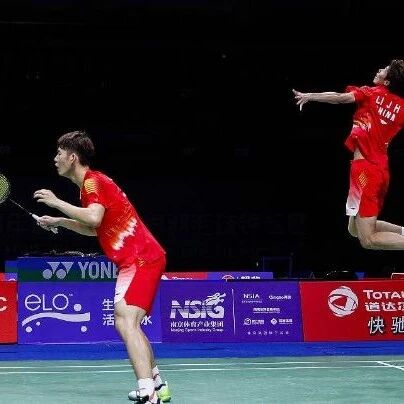Master these techniques in badminton, and you'll easily be able to play a backhand shot from the backcourt!
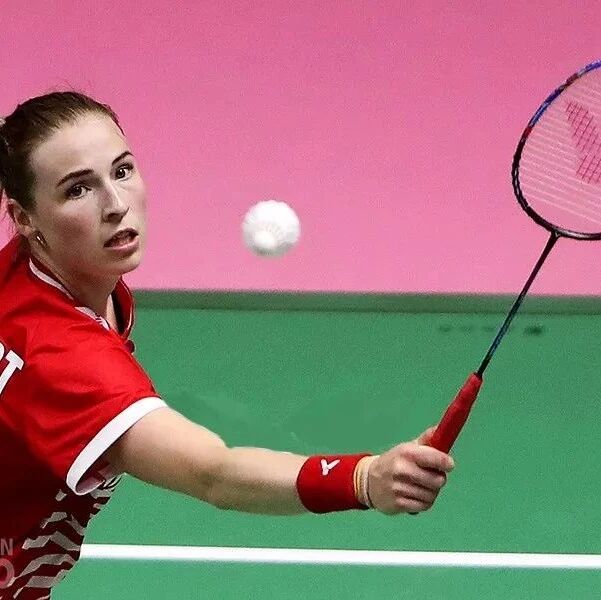

Badminton backhand play—especially the backcourt shot from the backhand side—is a tricky area that often gives players headaches. When opponents hit the shuttlecock to this spot, we frequently struggle to pivot quickly enough to return it with our forehand, forcing us to rely on an awkward, makeshift backhand instead. As a result, most of our returns end up being low-quality, leaving us vulnerable as opponents easily close in at the net. To overcome this challenge, we need to sharpen our backcourt backhand technique.
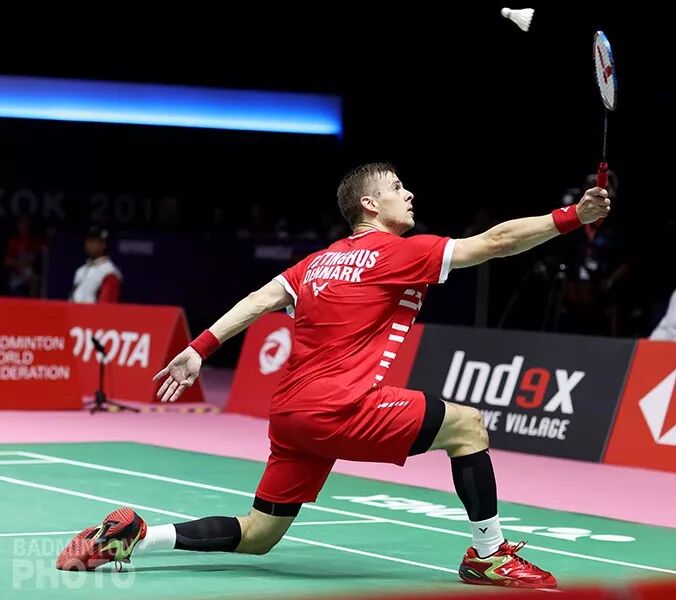
We often envy professional players for their graceful and versatile backhand techniques, with ball trajectories that seem almost magical. Yet, in practice, our own backhand returns often fall far short of ideal. To master the backhand technique, of course, we need more than just intense, repetitive drills—first and foremost, we must understand the proper mechanics and points behind the backhand stroke.
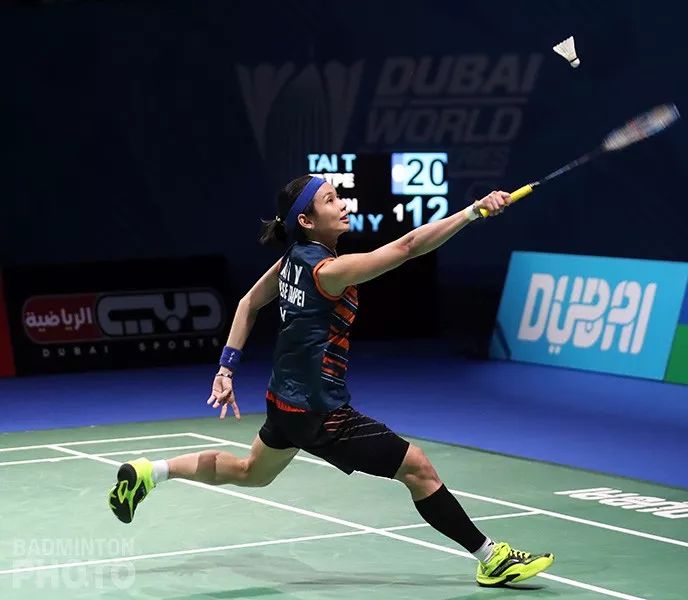
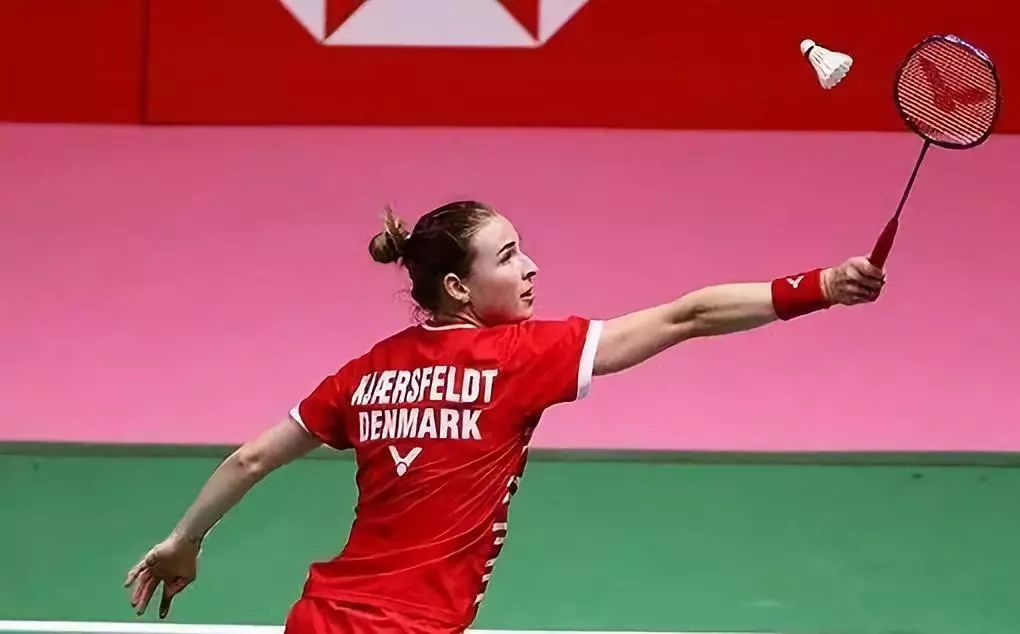
A backhand swing is simply the reverse of a forehand motion. After your body moves into position with the shuttlecock and you pivot, turn to face away from the net. Grip the racket with your thumb on the small bevel, using your elbow as the fulcrum to execute the swing.
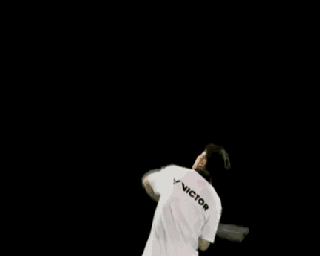
When hitting the ball, start by generating power from your right leg, which then drives the rotation of your waist. Next, let the waist initiate a swift torso twist that transfers energy to your shoulders. Finally, your shoulders propel the upper arms, which in turn guide the lower arms and wrists into action. For the swing, internally rotate your arm during the backswing, then externally rotate it as you strike the ball.
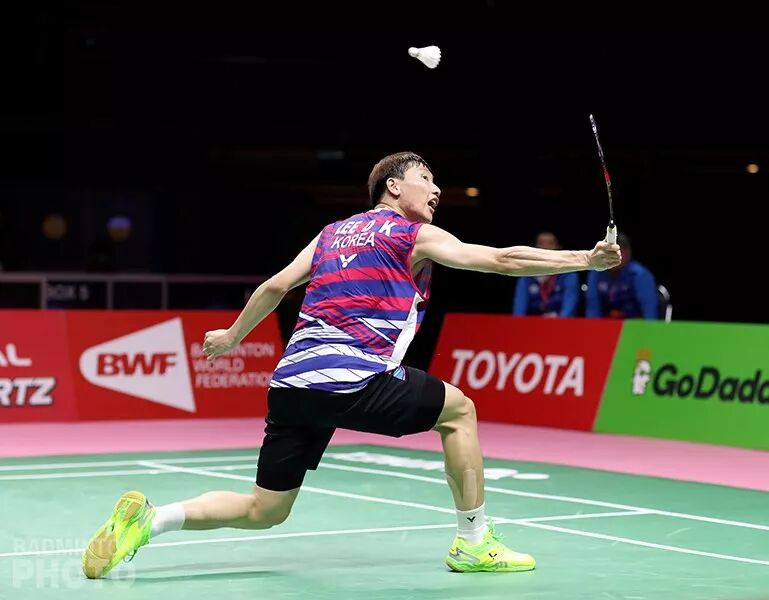
The key detail of power generation at the moment of impact: The arm extends, locking the elbow joint to abruptly stop the forearm. At this instant, the relaxed wrist, driven by inertia, sharply whips the racket head forward—this is what’s known as the "whip action."

It's important to note that during the backhand transition, there's no need to rush for a high contact point. Instead, lowering the hitting point to your most comfortable power-generating position actually allows for better leverage and smoother, more fluid movements. Plus, this approach helps maintain your balance effortlessly, making it easier to seamlessly execute your next shot.
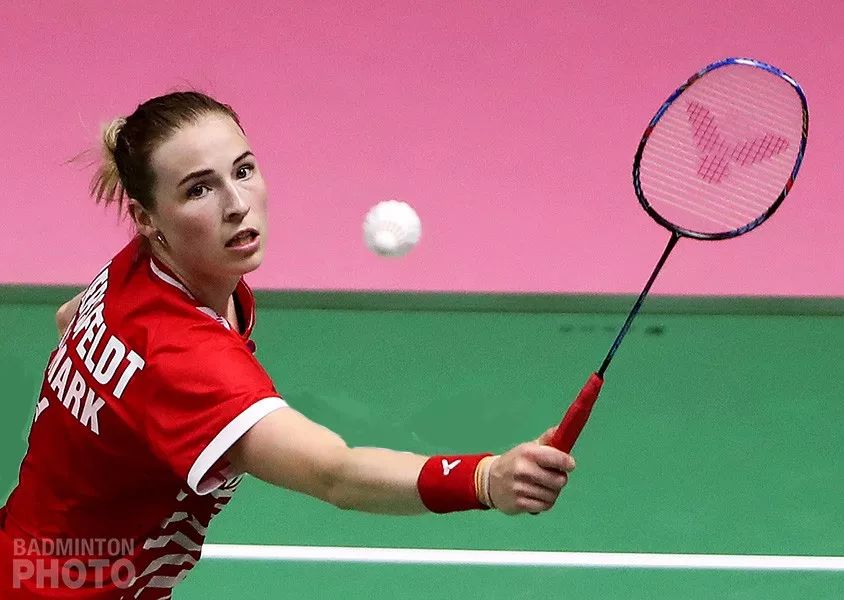
If you want to quickly practice wrist power, try feeling the wrist-flicking motion with your bare hands:
1. Bend your elbow and lift your arm, pausing with your hand at chest level—this mimics the starting motion of a chest-expanding exercise. Keep your wrist relaxed to prevent stiffness (a preparatory step before hitting the ball).
2. Quickly swing your forearm outward to the side until your arm is fully extended. At this point, the movement of your forearm will come to an abrupt stop as the elbow joint locks into place—but your relaxed wrist will continue to naturally flick forward. The faster you swing your forearm, the sharper the sudden stop; conversely, the more vigorously your wrist will snap forward. This is precisely where the explosive power in your wrist originates.
There are two key points to keep in mind when practicing:
1. Make sure not to swing your forearm too forcefully, as this can easily lead to injury;
2. Avoid deliberately applying force to your wrist, as this can cause stiffness and actually reduce your explosive power. (After completing the empty-hand motion, pick up the racket and perform the same movement—now you’ll notice that the racket’s weight significantly enhances the force with which your wrist swings forward.)
Master these techniques, and consciously practice them during your regular matches—soon enough, you’ll be hitting stunning backcourt shots! Wishing everyone an enjoyable badminton experience.
More article recommendations:
Killing it feels awesome without wasting much energy—hitting the ball is just that easy.
How to protect your knees while playing sports—stick to these 3 key tips for knee health!
The backcourt high clears never land properly—better check if your side step is off.
Zhao Jianhua, Yang Yang, and Li Mao have prepared over 100 lessons for everyone, covering techniques like badminton net play, backhand cross-court hooks, and smashes. Click "Read the Original Article in the Bottom Left Corner." If you're looking to improve your badminton skills, don't miss this—this is a must-see!

Related Articles
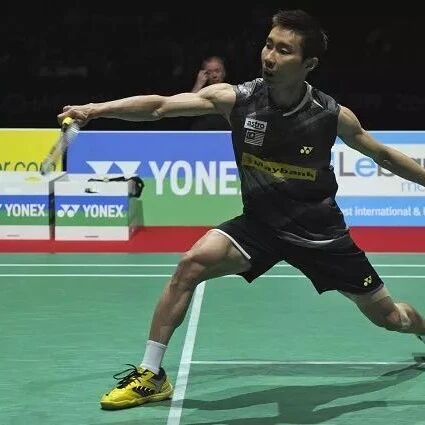
What should you do if your backward speed is too slow? Learn the backstep technique from Lee Chong Wei!
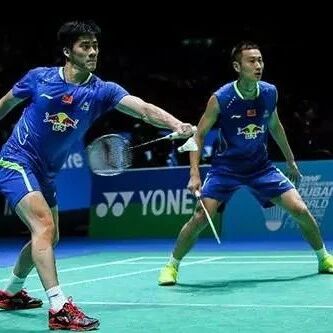
Why are you afraid of opponents' smashes? Because you haven’t mastered these 4 essential tips for handling them!
